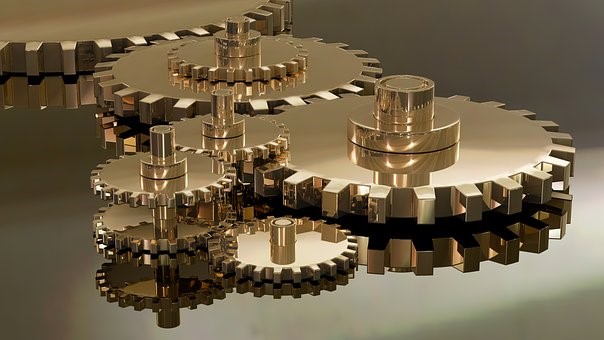Machine design is more like currency because both fluctuate with differences like time. When a new machine concept is underway there is no fixed design in place due to the many options the new machine is viable to. These options can spark modifications therefore you have to keep a liberal mind for such considerations.

Machine design takes into account various factors like how kinetics and kinematics can impede its control of energy or motion. Fundamentally, you will have to plead with a specified process which gives guidelines for machine design.
Before you finally manufacture a machine, you have to align to steps in machine design. Besides the basic steps you have to get on the ground and benchmark. To purpose the purpose of your machine, setting goals and brainstorming plus developing a prototype and testing it.
9 General Steps of Designing a Machine
- Making a written statement. The written statement should capture the need for which the material is to accomplish when it is manufactured. You not only have to make the statement concise but also capture all the details and make it clear.
By having a written statement you will have an abstract of the aims the machine design will accomplish.
- Transmitted forces. This step will urge you to be a master of calculations in order to recognize the forces that will apply in the movements of your machine. Kinetics and kinematics involve motion and forces on motion. Considering these will aid you develop an in-depth design.
You need calculating your machine’s resilience in order to know the amount of energy it can absorb before it becomes elastically deformed. Calculating transmitted forces will permit you a head up on the forces you have to counter.
- Consider viable mechanisms. The design of your machine has to consider the possibility of any factors that can impede motion of your machine. You consequently have to counter any impediments with viable mechanisms that will assist your machine complete the desired motion.
You can consider an array of plausible mechanisms in order to pick on one when the need arises. For instance, if your machine elements have plasticity, you can throw in a shade of numerical control for more precision when high temperatures hit.
- Find allowable stress. Your machine is made off engineering material and without proper understanding on material properties like mechanical properties, you will not know how to counter tensile stress limit. You therefore need understanding what forces and stress will act on the material forming up your machine.
Subsequently you calculate the level of stress that you can condone. Calculate the brittleness that your machine can take on from stress or a load before fracturing. You can find out the numerical value of your material’s toughness by calculating the amount of energy per unit volume.
To designate a material that will not stress you out for cracking under tensile stress, it has to be ductile as well as strong.
- Creating an in-depth design. An efficient design has to be well thought. You have to consider all the facts that can deflect your machine from its purpose. For instance you need pondering the kind of technology you will incorporate, just so your design is explicit.
Your design should be hardy. It should first off counter scratch hardness; this is the ability of material to withstand a scratch from external force on its outside surface layer. At the end of the design, you should be contented that there are no loop holes.

- Material selection. The material that you pick on should allow some level tensile stress. There are many factors to consider when it comes to material selection. Check on the ductility of the material so that it isn’t the kind whose ductility increases with temperature.
Your material needs to be the kind which can take on stress and most importantly be at the least possible cost. The material for your machine needs to be tough as well as ductile to handle tensile stress.
- Acquire the precise dimensions for the machine elements. You need being careful with the elements in that they shouldn’t break under heavy weight or a load. Giving your machine square holes or sharp corners eventually results to fatigue.
- Consider past experiences. Intuition matters too in machine design. You should trust your judgment when needing to make squabbles on the design of your machine.
If you have had past experience of design look up the previous blueprints to develop the machine elements dimension right.
Putting flaws in your machine design will place fatigue on your machine. It will only be a matter of time before cracks start to format your machine’s grain boundaries or interface.
- Developing a prototype and testing it. You can accomplish this in your backyard once you’re thorough with all the design procedures. Assess your machine to know whether it runs on the right speed without breaking down from any impeding forces. Assess its strength.
This property enables material to withstand deformation or breakdown from an external force. Strength will consider your engineering product together and makes any application work under different mechanical forces without deformation. By understanding this concept, you can relate to how stress and strain can involve your engineering product.

Factors to be Consider in Machine Design
- Wear resistance. This refers to the removal of material from the metallic surface against another surface. You need to counter wear immediately because continuous wear will make your machine weak and crack.
You can lubricate the contacting surfaces which will not make the contacting substances stronger but will make them increase in the surface.
- Cost attends a crucial factor to consider because you shouldn’t spend exorbitantly on machine elements that will age soon.
- The machine’s design should be stiff/rigid to handle the stress for which you have designed to counter applied forces.
- Operational safety.
- High output and efficiency.
- Strength.

Machine design attends an explicit factor of engineering. It is more like a superb diet in a workout routine. A flawed machine design will make even the best engineering application or product to become impotent. You consequently have to be ken on the contributing factors to a good design; more quality first.











